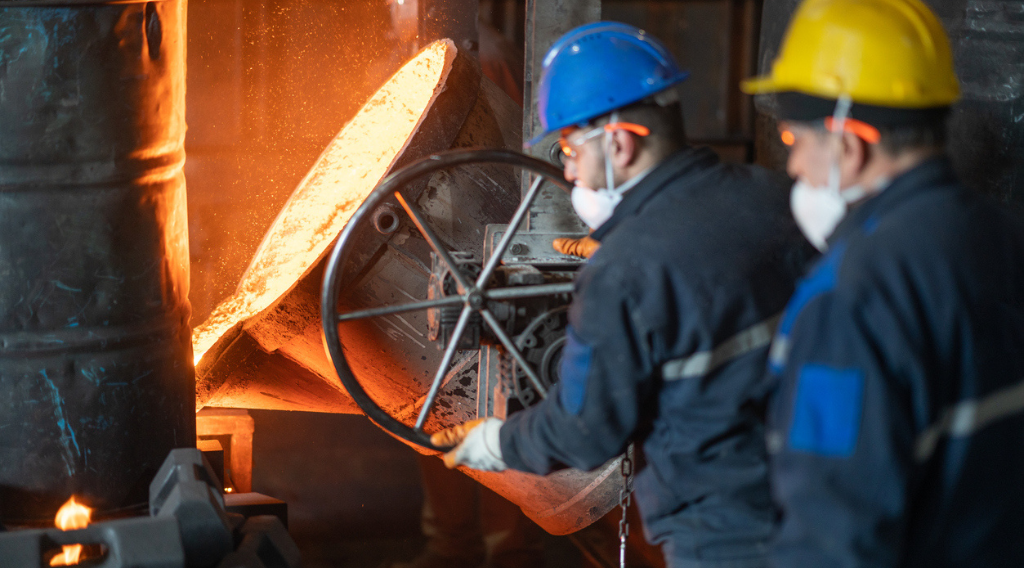 The Biogenic Carbon Utilization Initiative focuses on developing market opportunities to use or store carbon dioxide (CO2) generated when forest or farm-based feedstocks are processed. Utilizing naturally occurring CO2 as a revenue stream provides a meaningful opportunity to generate negative emissions while maintaining important industrial economies.
The Biogenic Carbon Utilization Initiative focuses on developing market opportunities to use or store carbon dioxide (CO2) generated when forest or farm-based feedstocks are processed. Utilizing naturally occurring CO2 as a revenue stream provides a meaningful opportunity to generate negative emissions while maintaining important industrial economies.
Capturing, compressing and transporting CO2 via pipeline to an oilfield for enhanced oil recovery (EOR) with geologic storage or to a saline aquifer for storage transforms CO2 from a liability into a valuable commodity. Ethanol production is one industry option that presents a unique opportunity to capture and store carbon at scale because its CO2 output is biogenic and has a low cost of capture. Although some ethanol plants already sell CO2 for food, beverage, and other uses, carbon capture opportunities are potentially much larger and could involve numerous plants. The potential revenue opportunities through state and provincial Low Carbon Fuel Standard (LCFS) policies, the federal 45Q tax credit and possible revenue from EOR present ethanol, and other industries with an opportunity to organize and to develop a value-add strategy that builds off existing assets.
Market possibilities for CO2 from ethanol gain traction
As midwestern ethanol producers and midstream developers learn more about the market opportunities associated with capturing and/or utilizing CO2 for storage or participation in Enhanced Oil Recovery (EOR), interest in market deployment is growing. Recently, Occidental Petroleum spoke at Christianson’s Biofuels Financial conference and articulated their support for using this source of biogenic CO2 and for their support of incentives that allow the ethanol industry to participate in EOR markets. Likewise, support for policies and technologies that advance carbon capture utilization and storage, as a critical means to achieve emissions targets, continue to grow. Technology continues to advance with commercial opportunities improving rapidly. Forbes magazine likened the advancements to new life being breathed into carbon capture.
Comments on California Air Resources Board’s quantification methodology concept paper for carbon capture and storage from the State CO2-EOR Deployment Work Group
Wyoming Governor Matt Mead (R) and Montana Governor Steve Bullock (D) jointly convened the State CO2-EOR Deployment Work Group in September 2015 as a key follow-on to the Western Governors Association resolution calling for federal incentives to accelerate the deployment of carbon capture from power plants and industrial facilities and to increase the use of CO2 in enhanced oil recovery (CO2-EOR), while safely and permanently storing that CO2 underground and reducing net emissions in the process. The Work Group recently submitted comment to the California Air Resources Board (ARB) regarding the recently released Quantification Methodology (QM) concept paper (including the permanence protocol).
You can view presentations from the August 2 meeting in Iowa by, Brad Crabtree, Martin Dubois, Dan Keiser, Sean McCoy, Scott McDonald, and Daniel Sanchez.
You can view presentations from the September 21 meeting in Kansas by, Tandis Bidgoli and Martin Dubois, Brad Crabtree, Krish Krishnamurthy, Dane McFarlane and Martin Dubois, Steve Melzer, Eric Mork, Chris Steincamp, John Thompson, and Keith Tracy.


